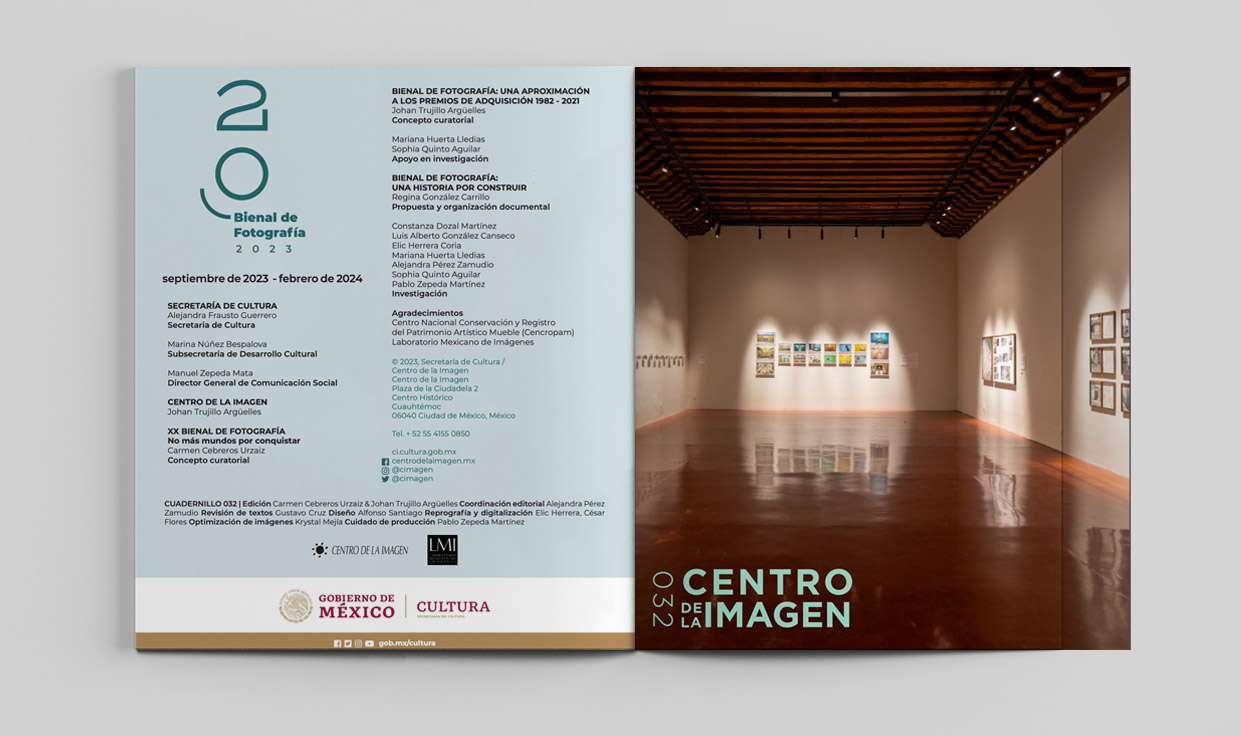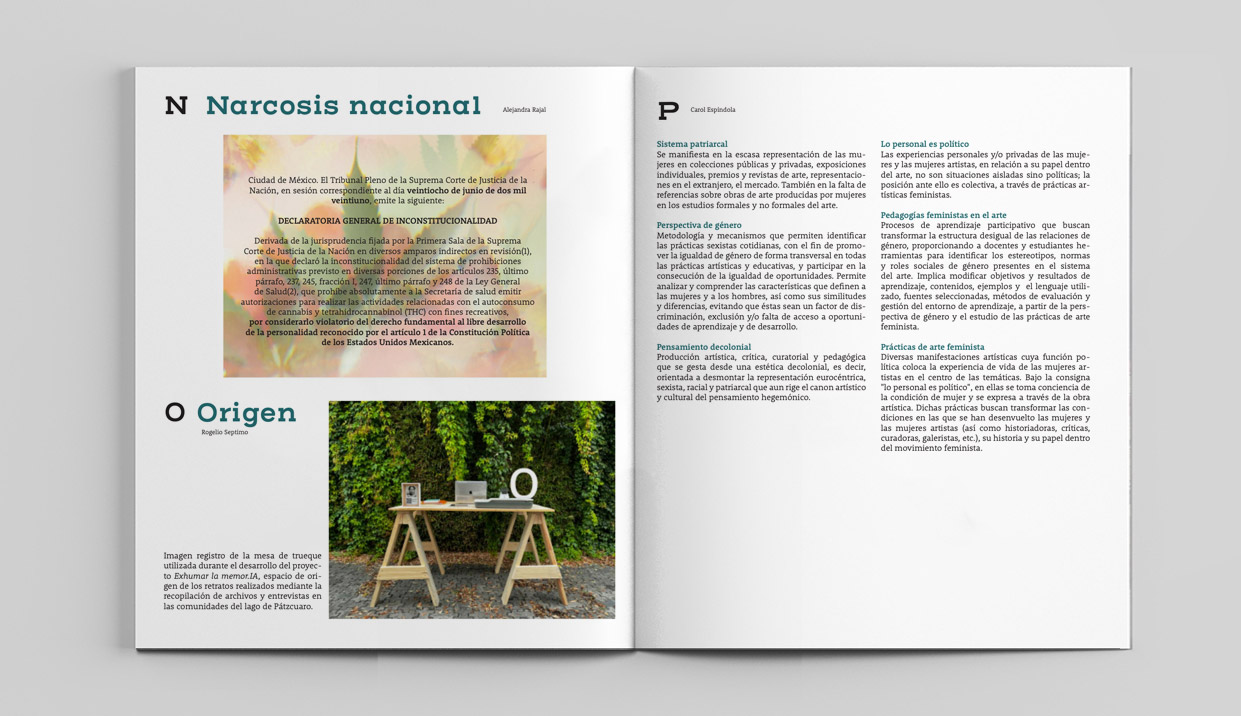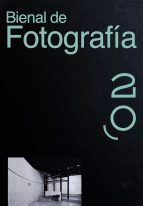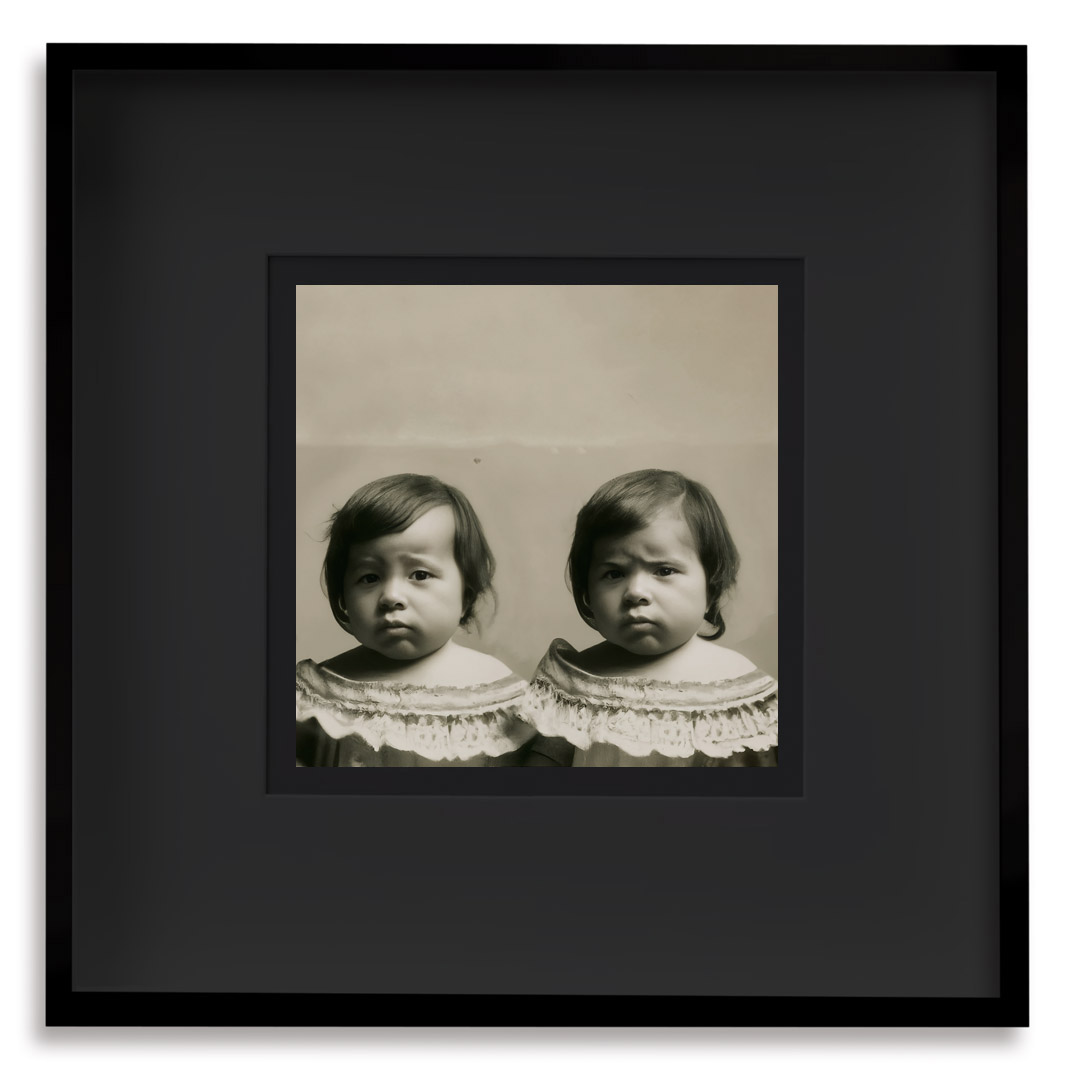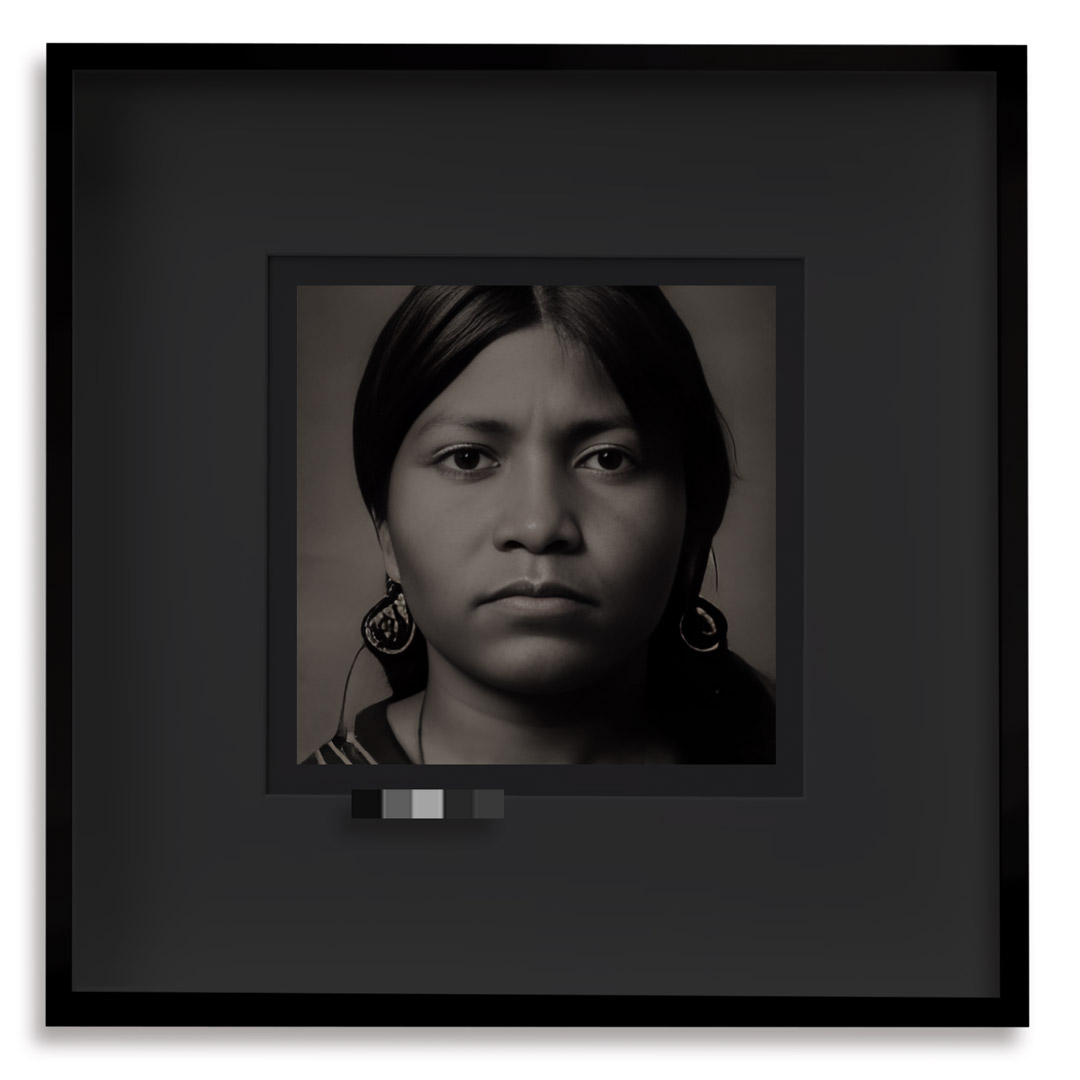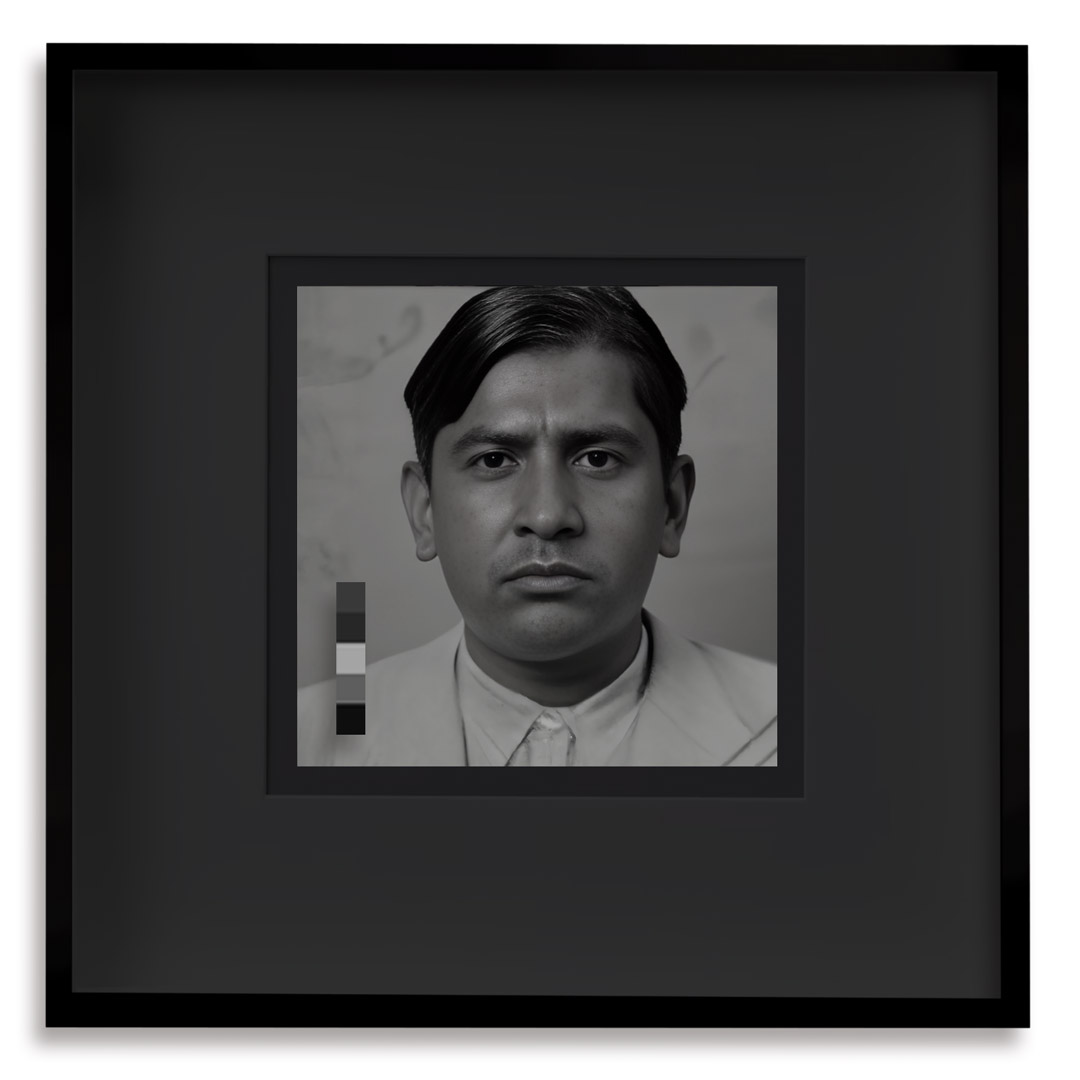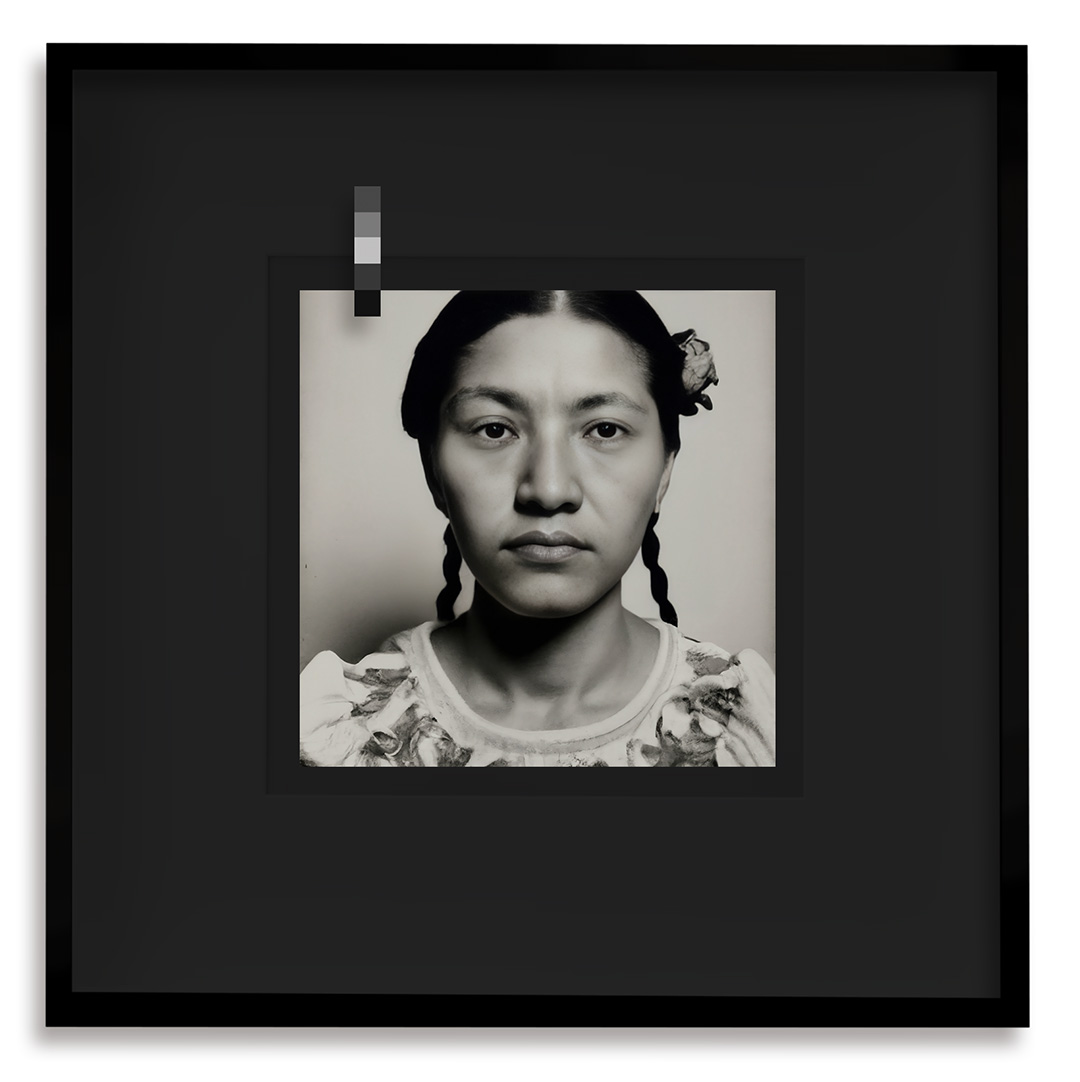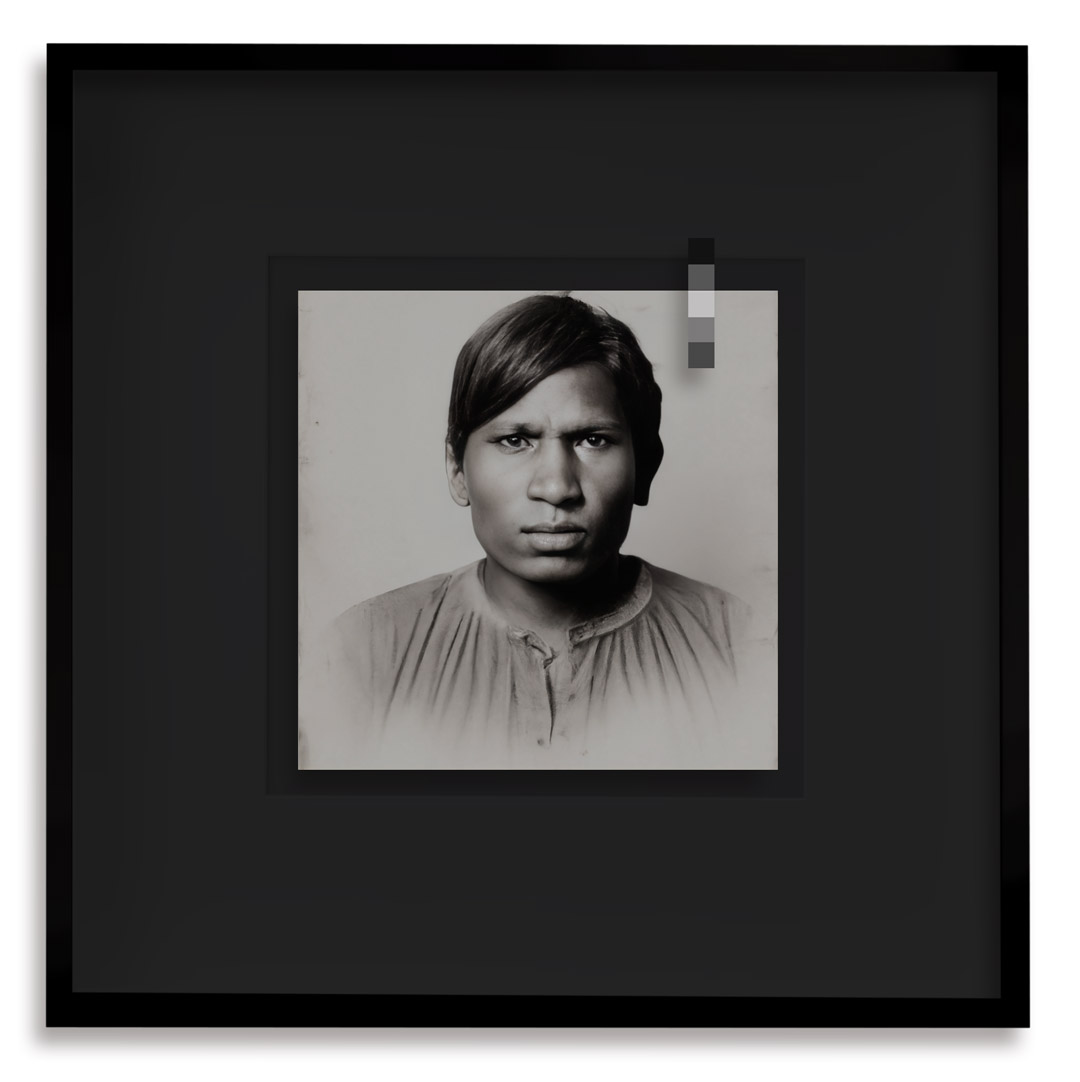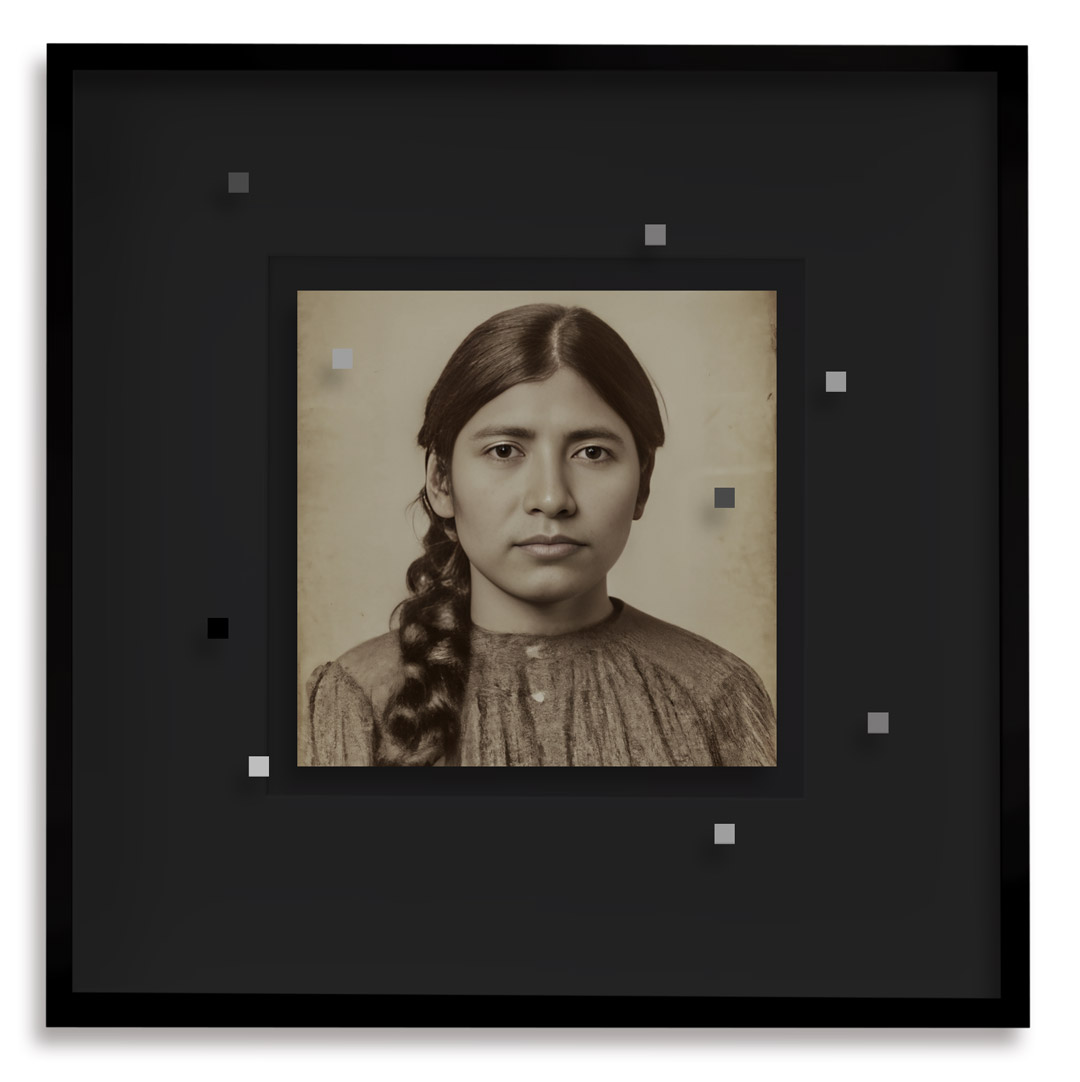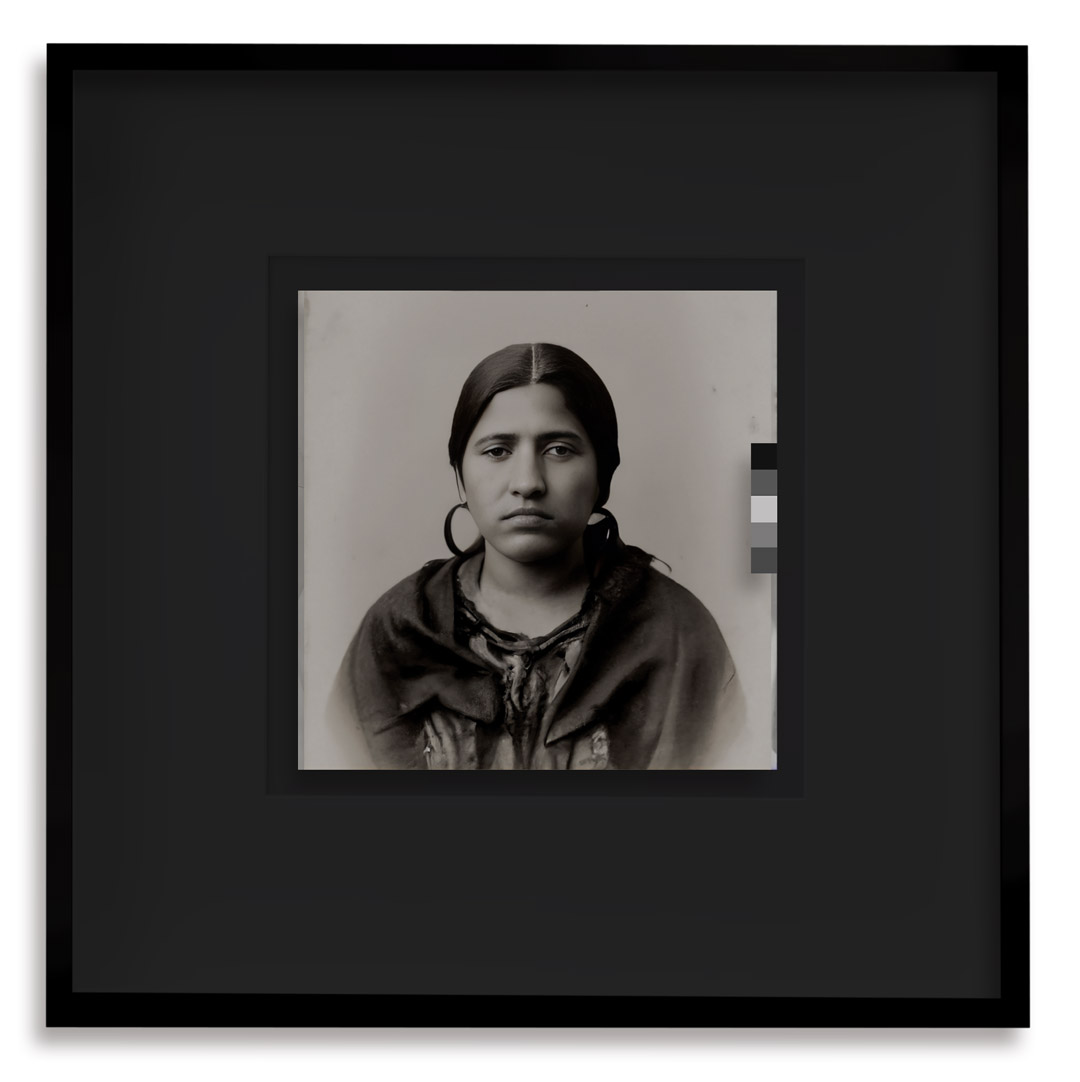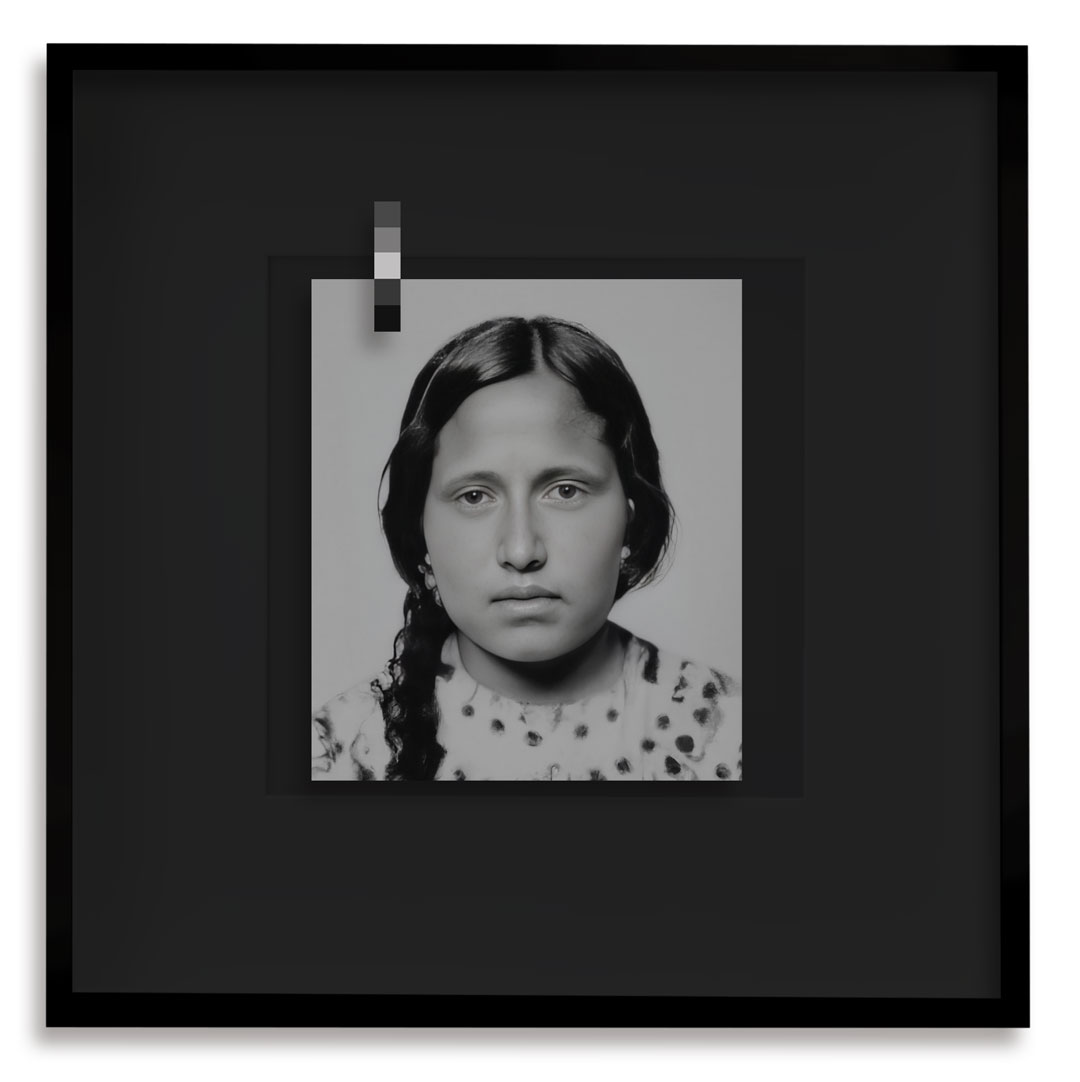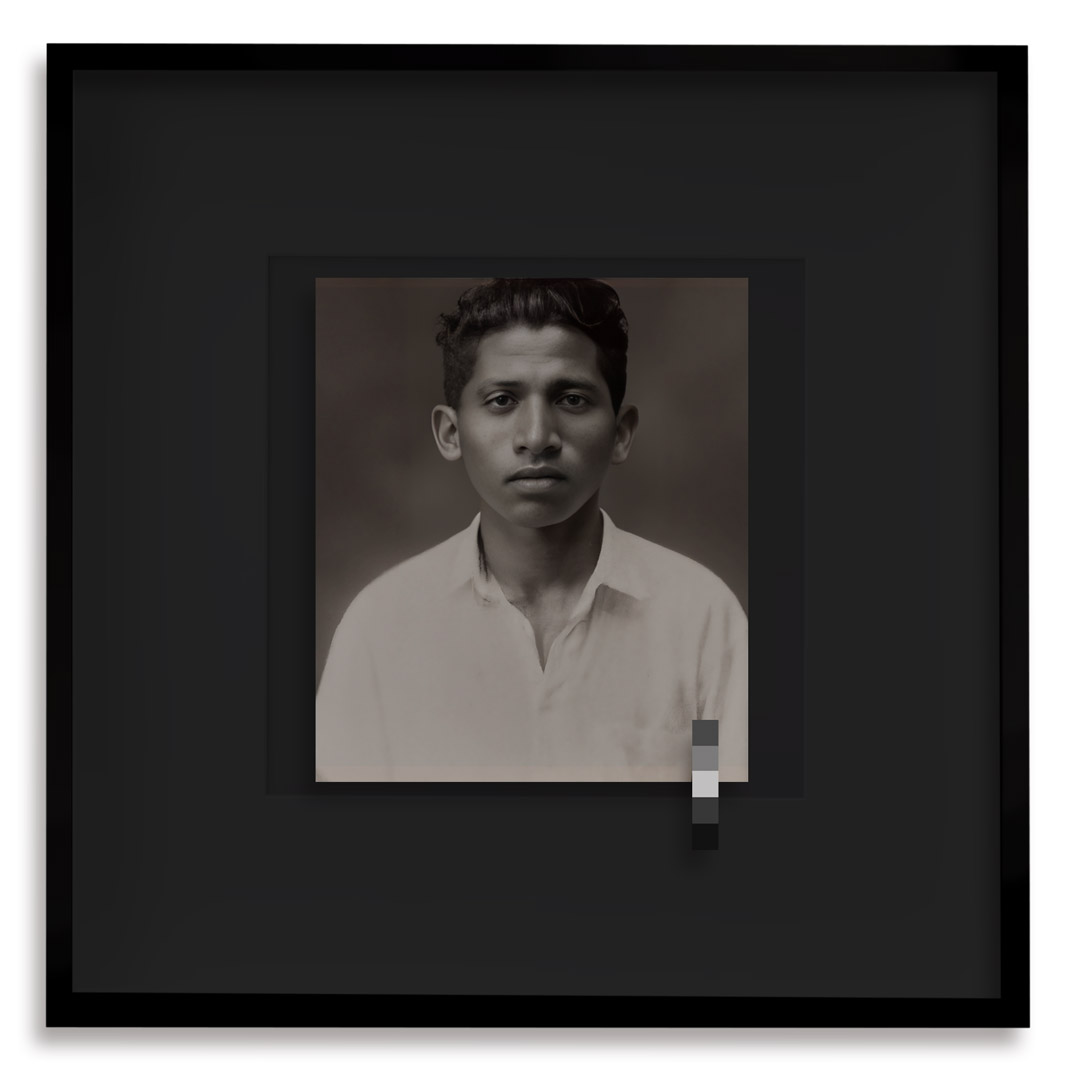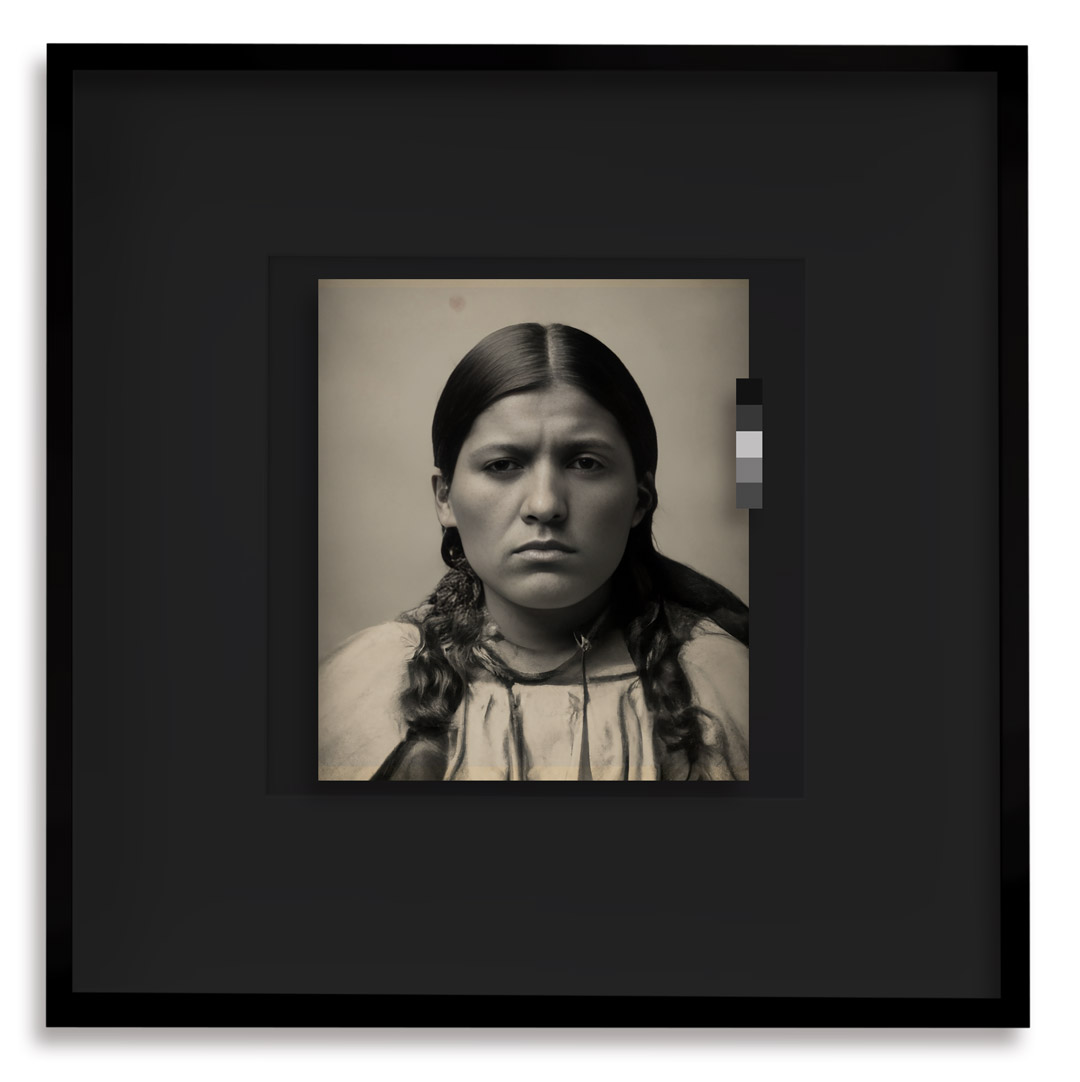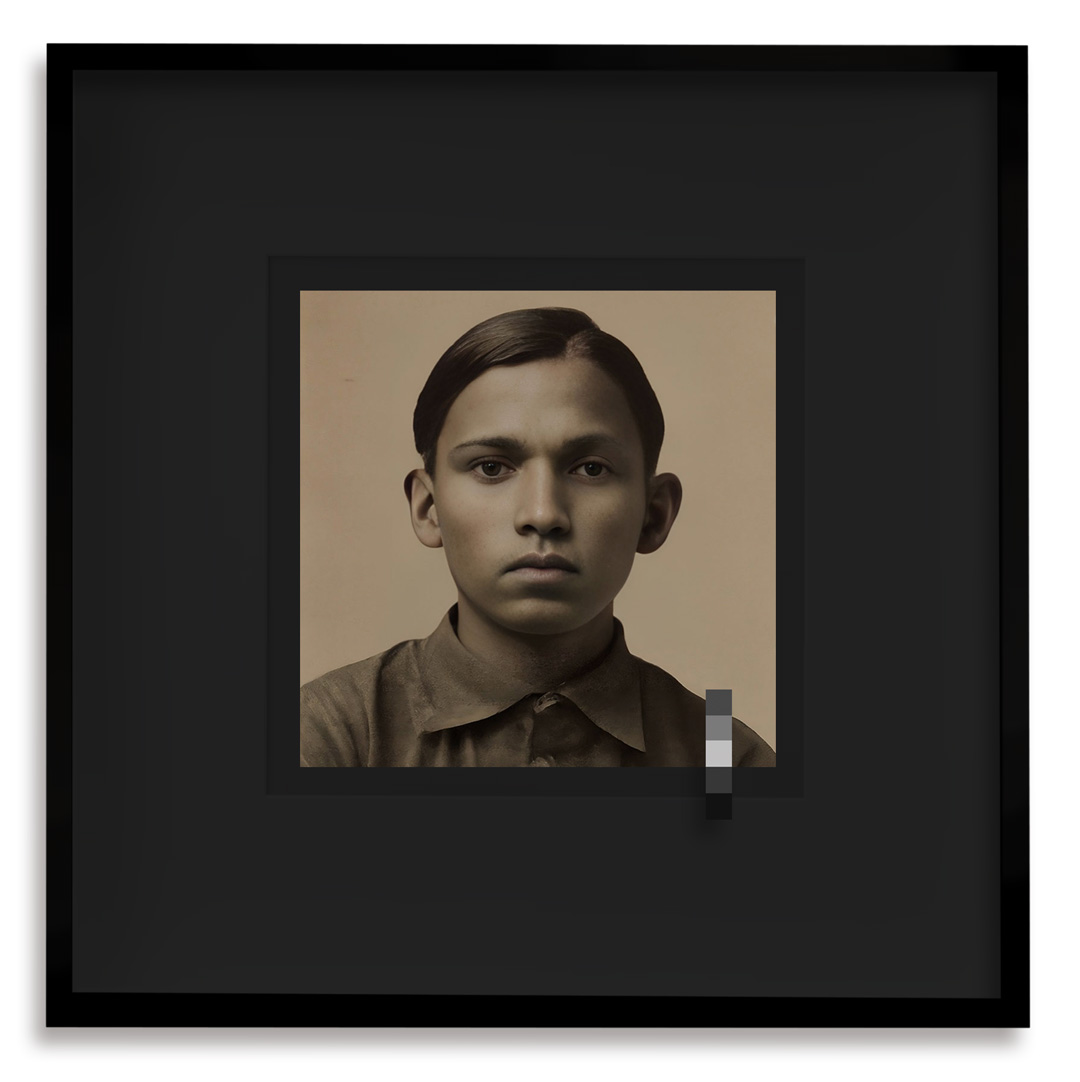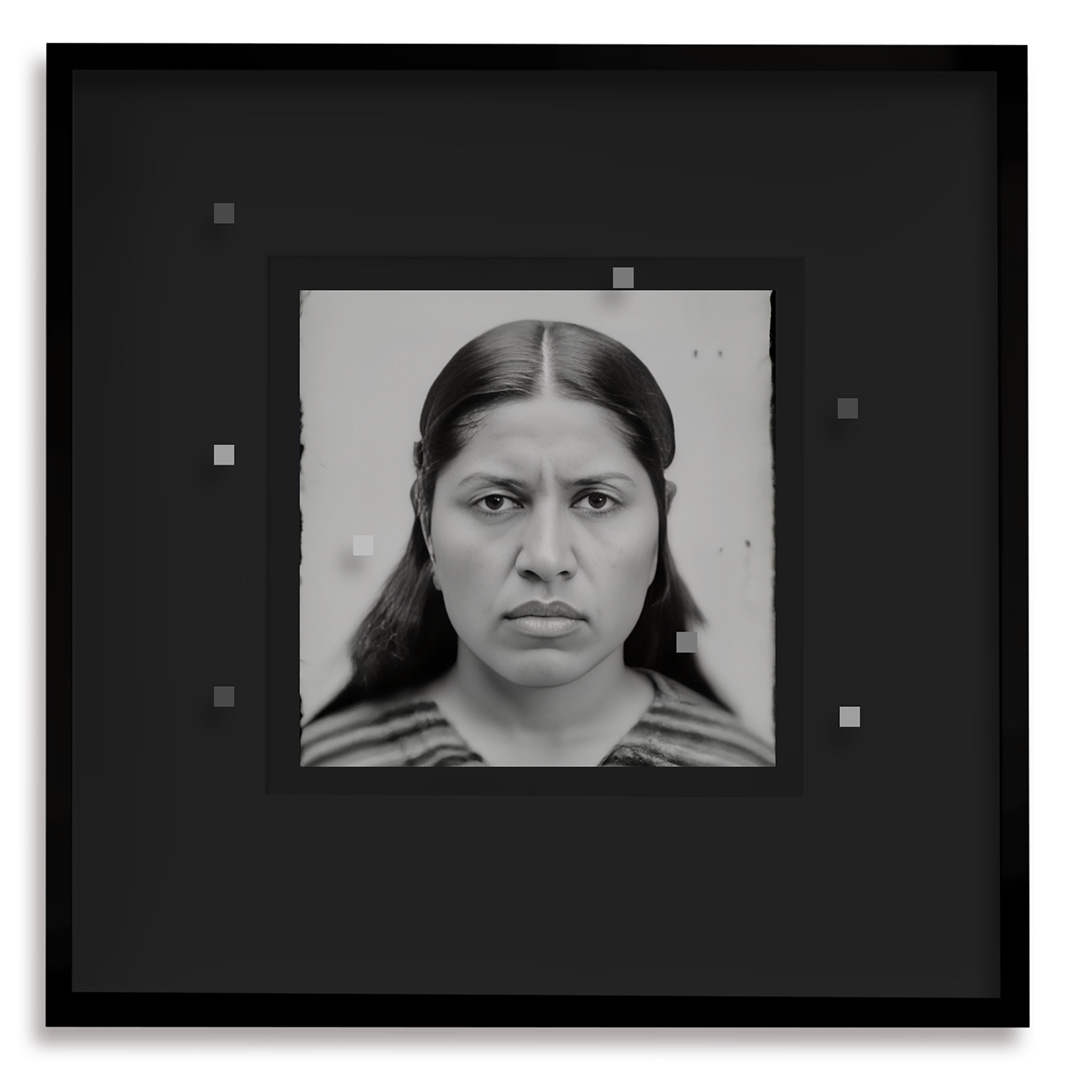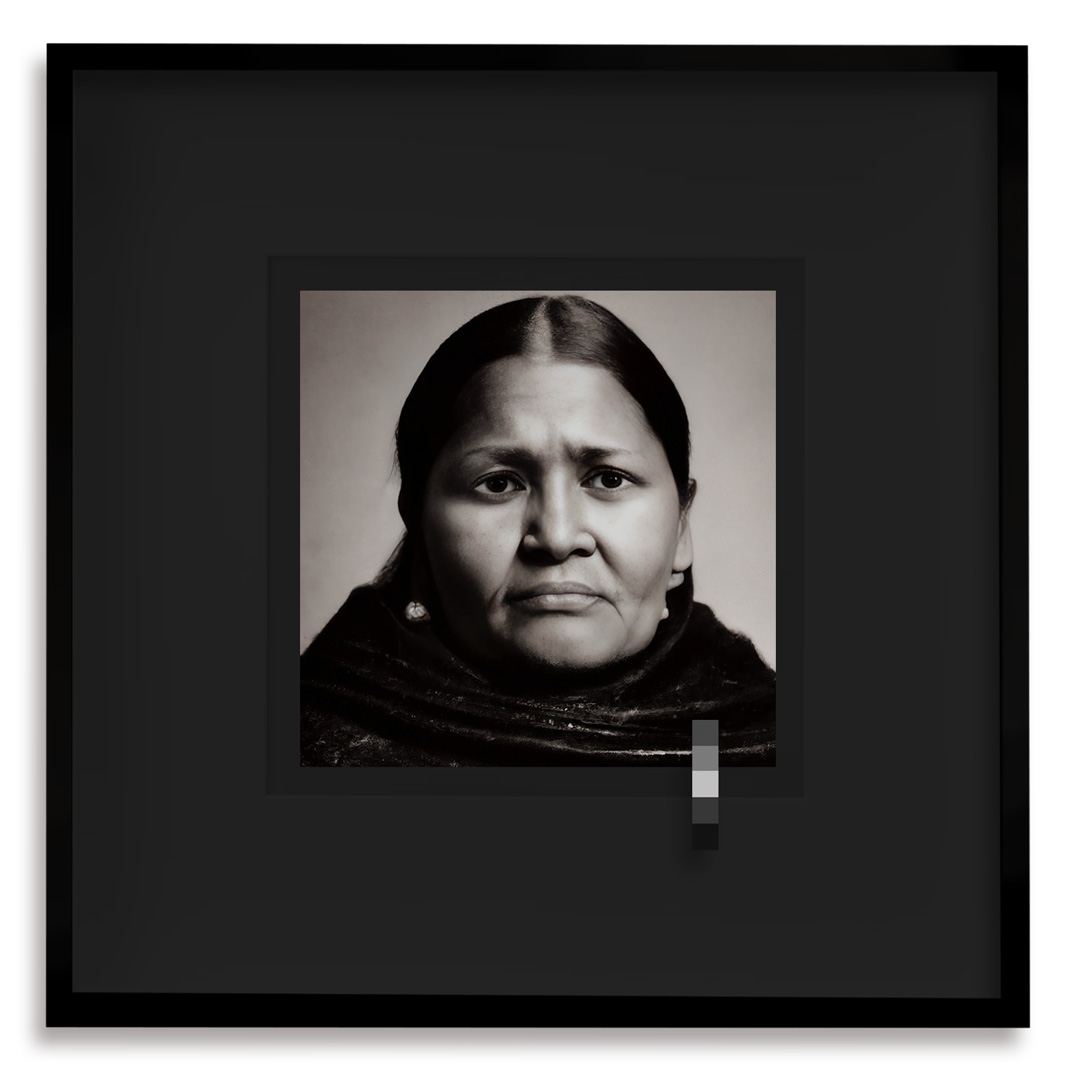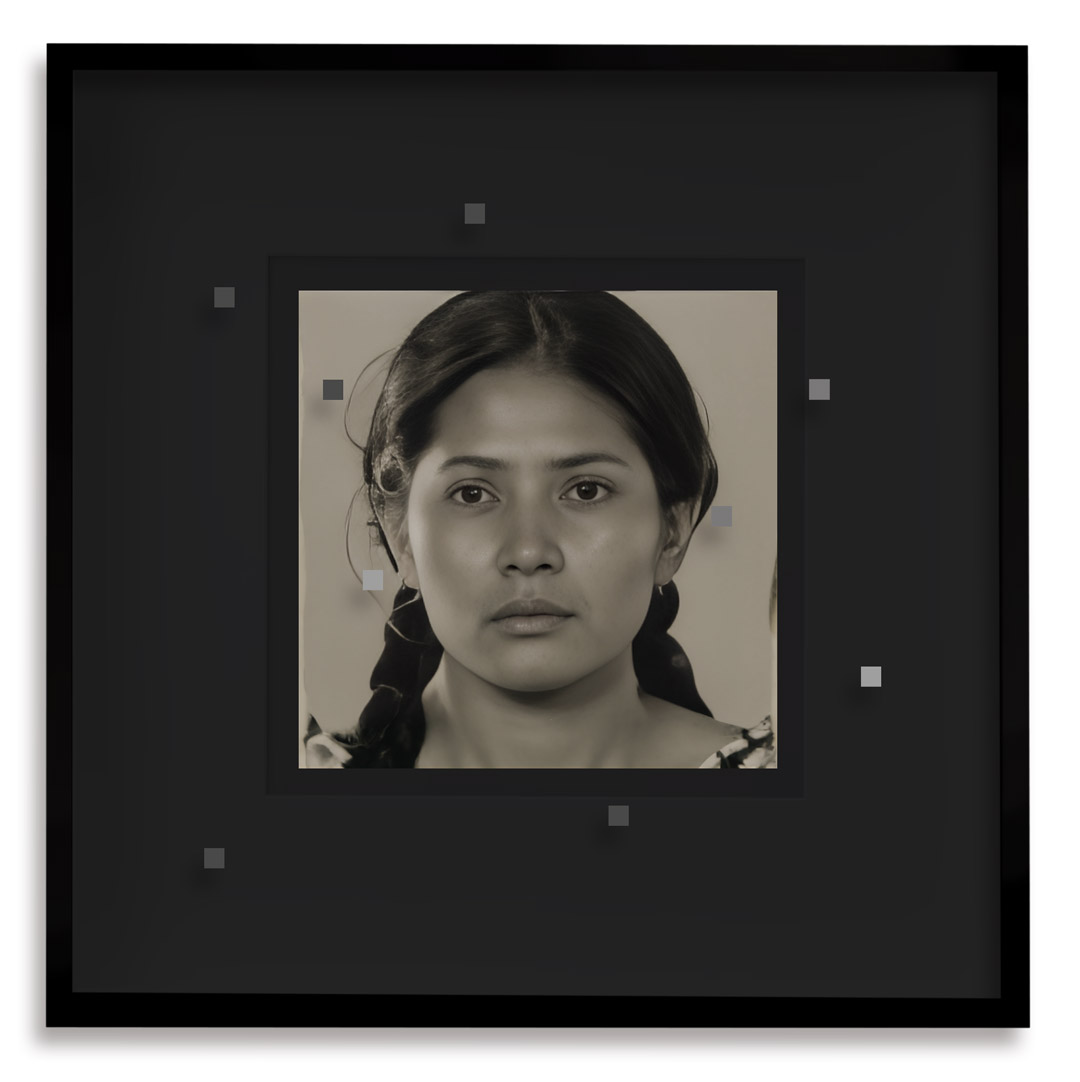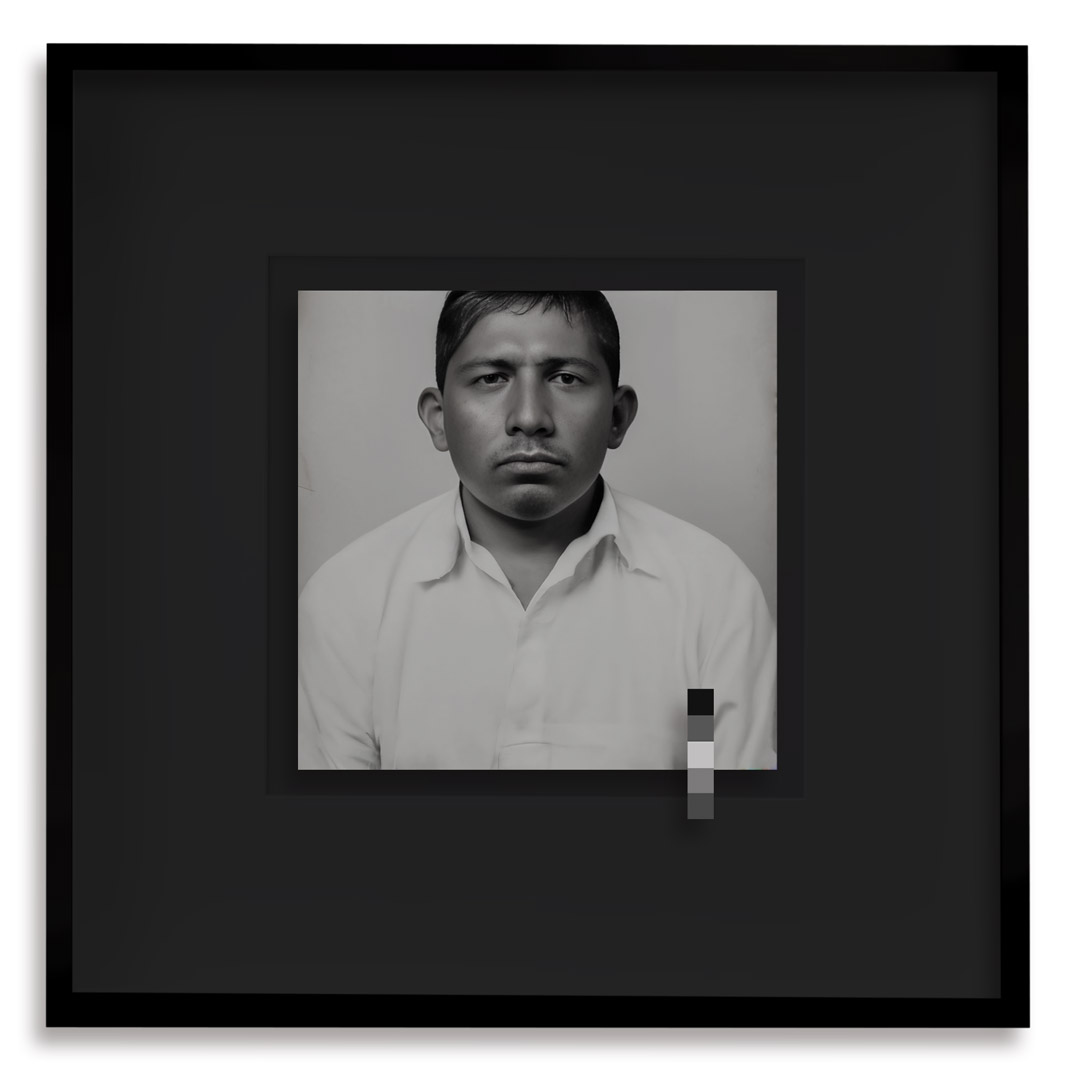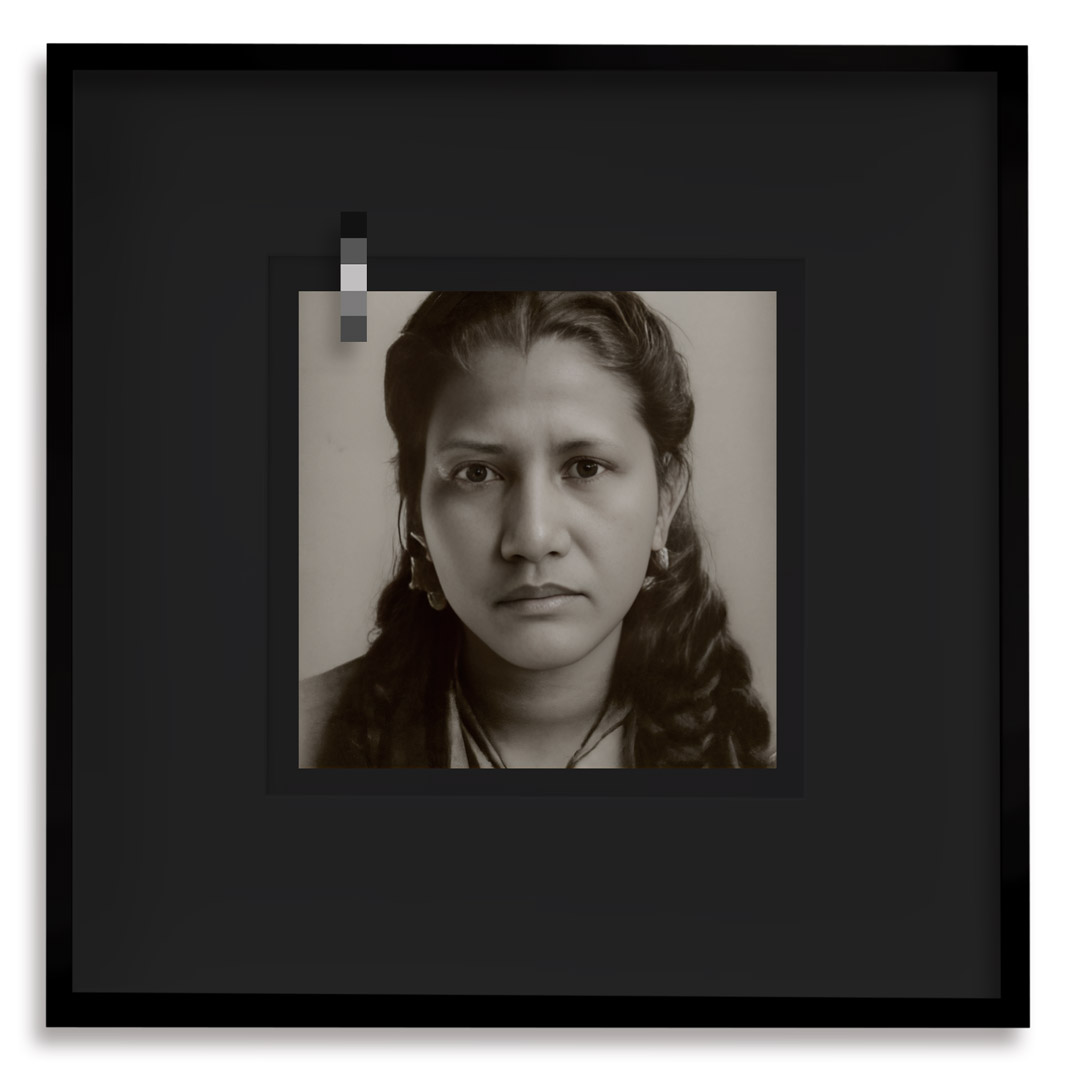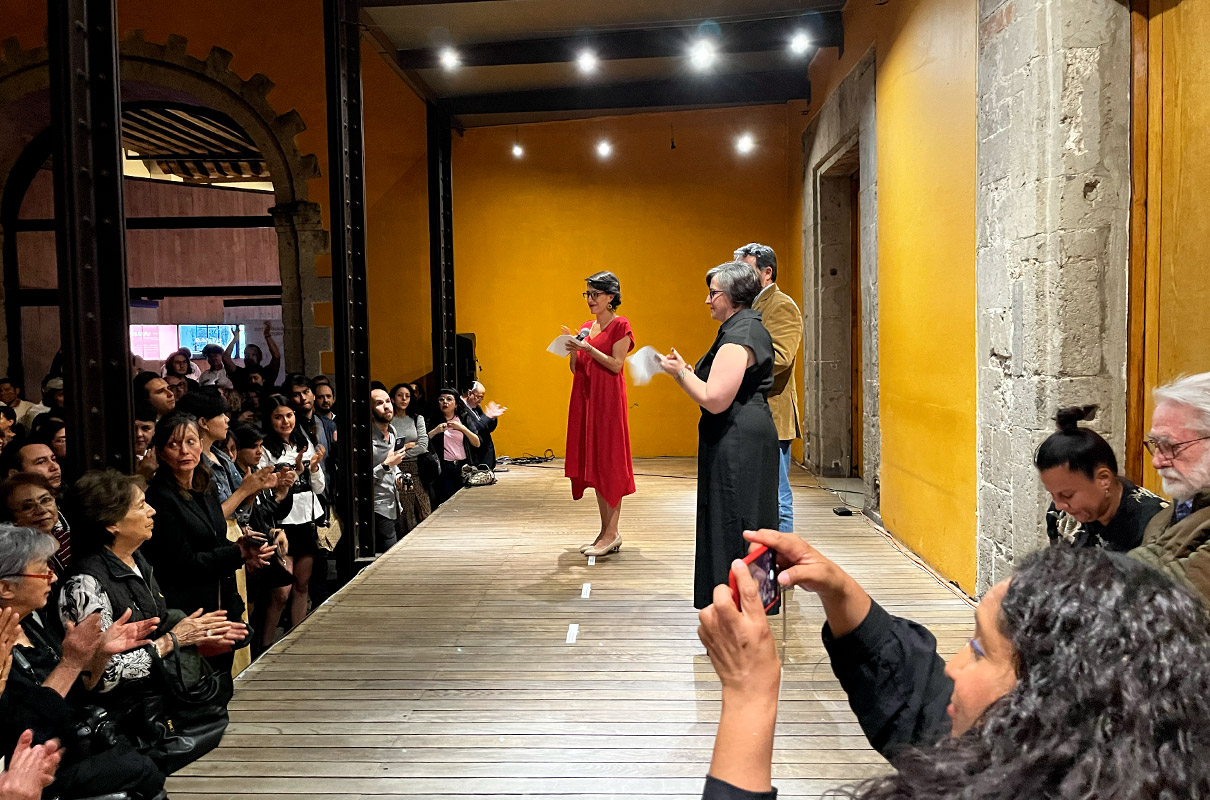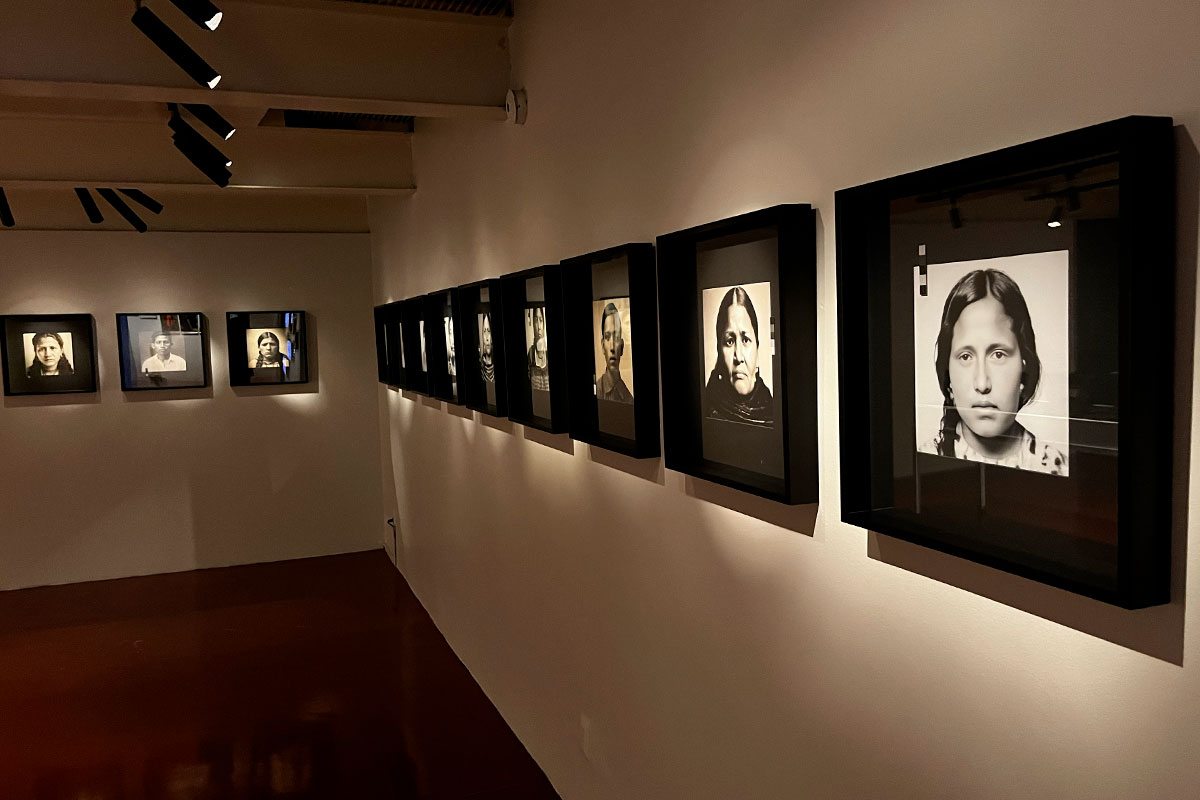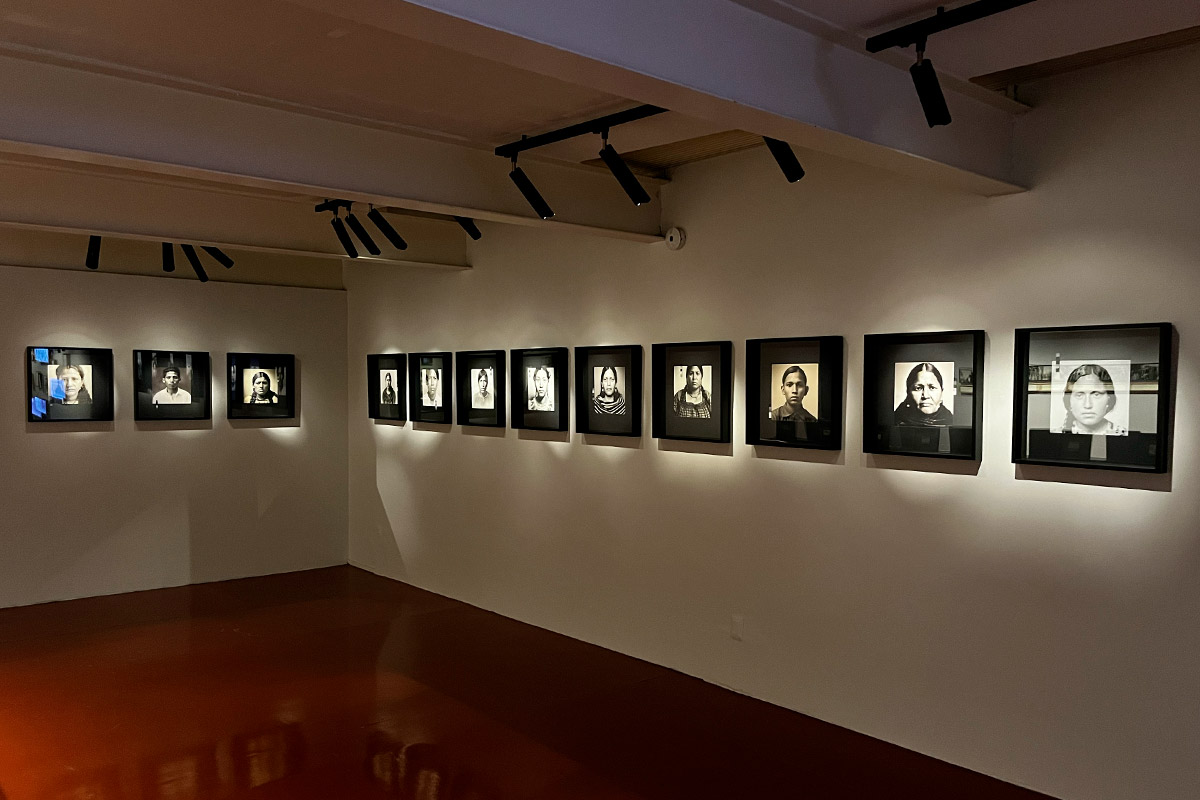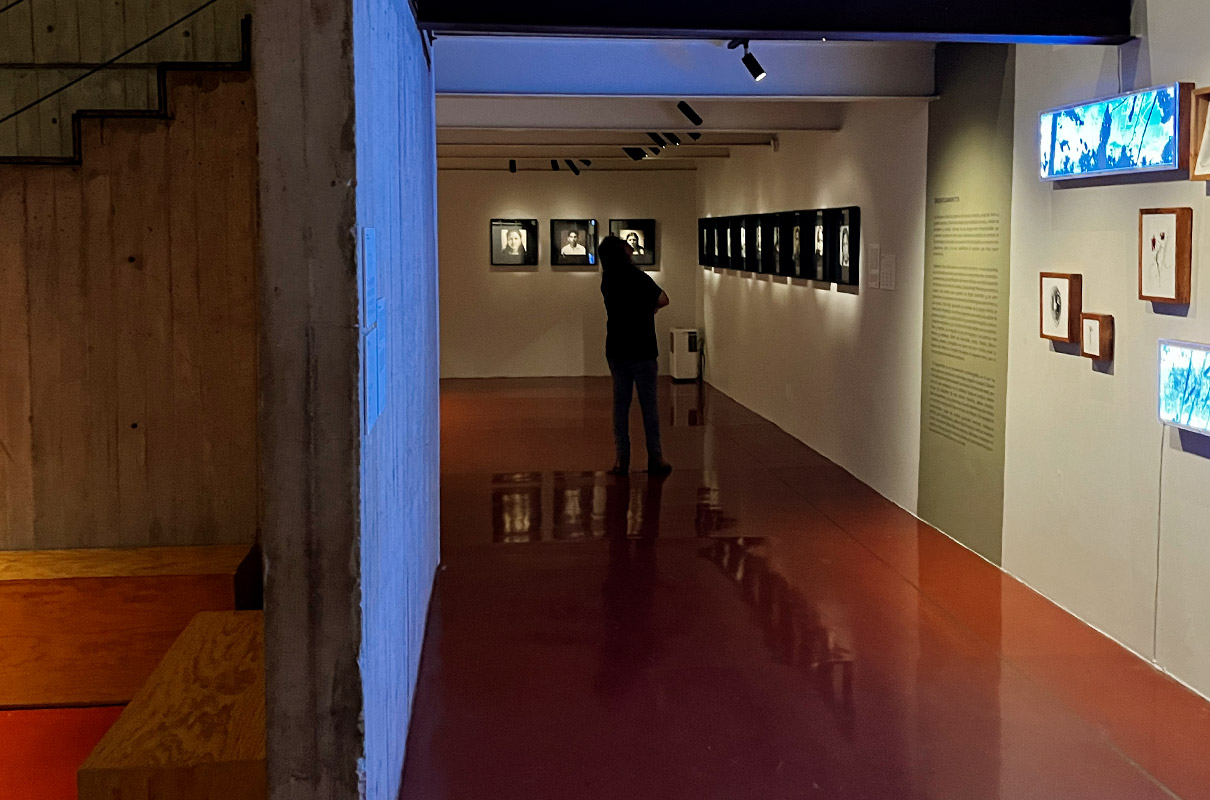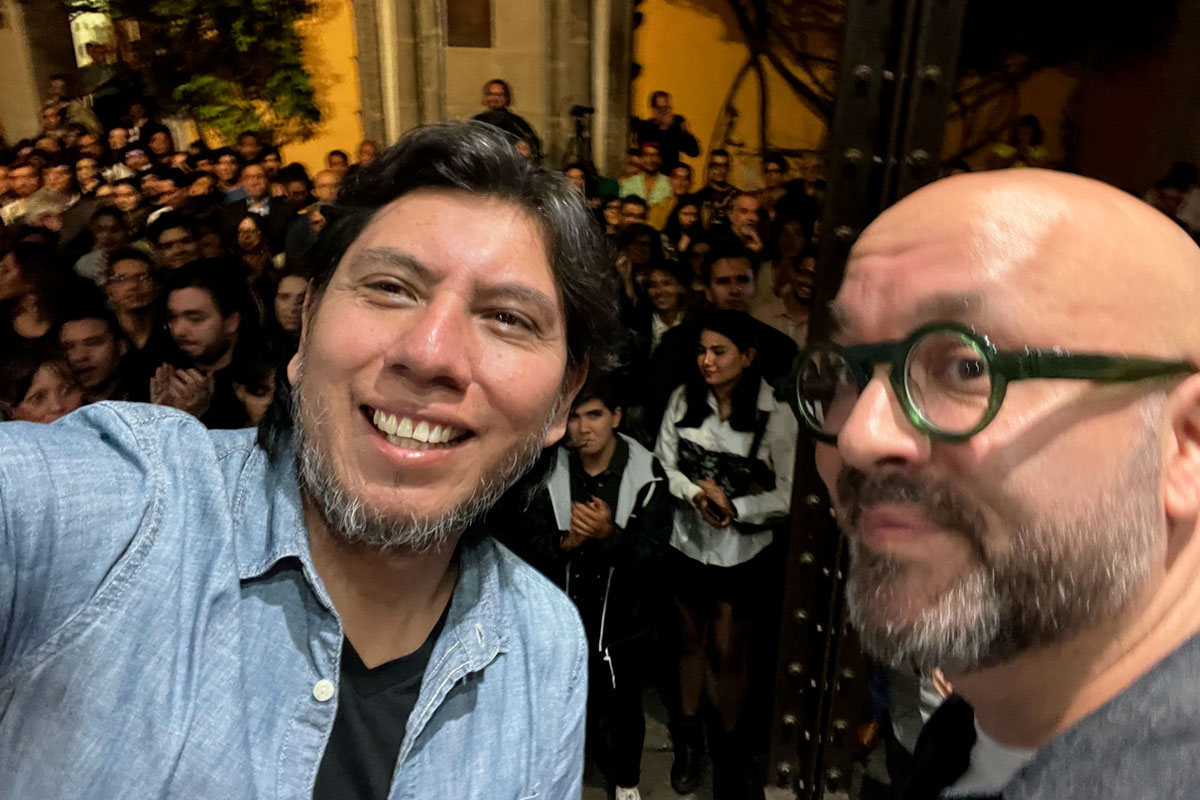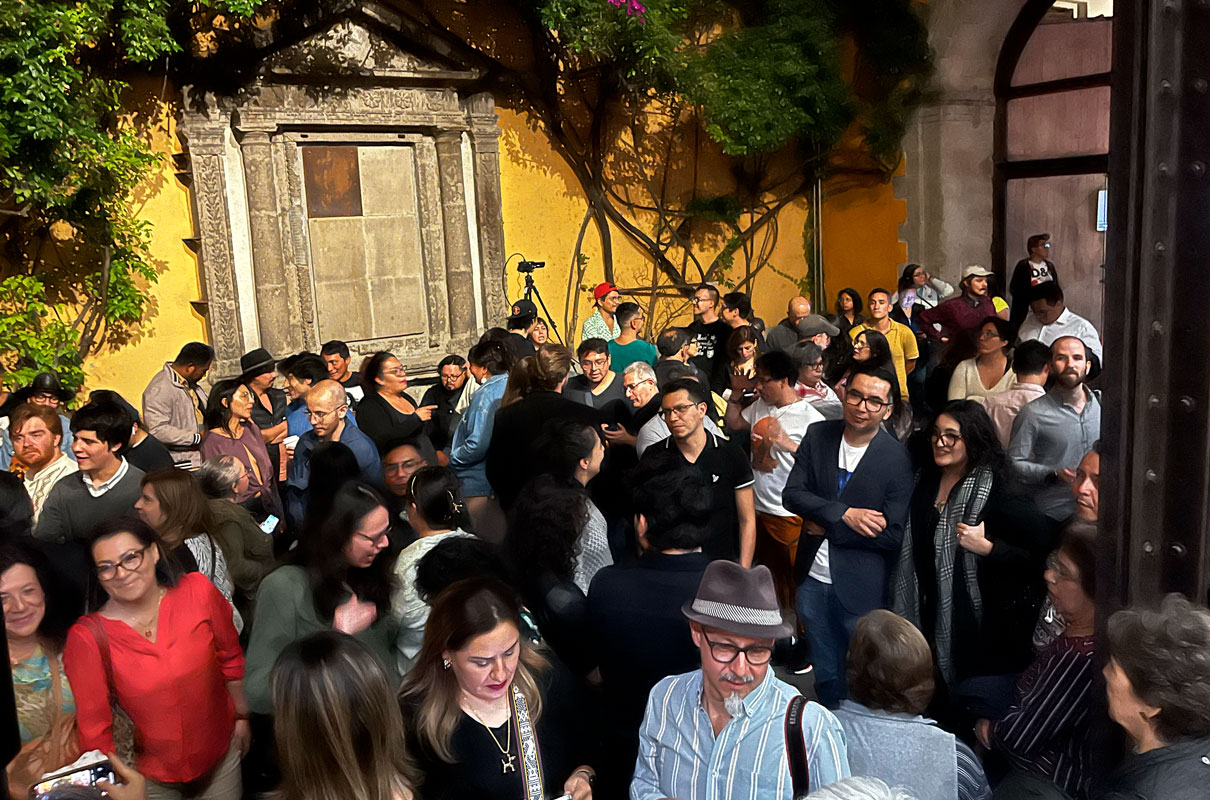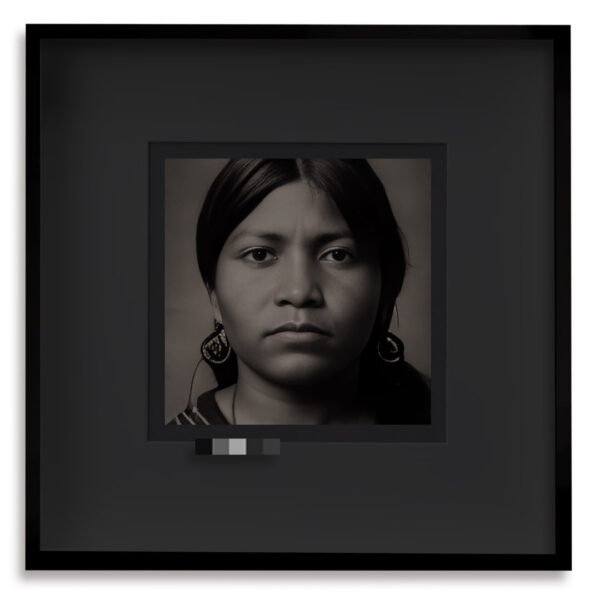
Exhumar la Memor.IA
Hace algunos años, tuve un sueño en el que platicaba con mi bisabuela, figura materna que había fallecido muchos años antes y que nunca conocí. Durante mi infancia las historias de mi familia me formaron una imagen de ella y, en cierta manera, una memoria que perdura hasta hoy.
A partir de esto, utilizando la memoria colectiva como catalizador de ese pasado que antecede, «Exhumar la Memor.IA» presenta un grupo de retratos de antepasados de habitantes de la isla de Janitzio (lugar de origen de mi familia) de los cuales no existe registro fotográfico, creados mediante inteligencia artificial utilizando un proceso combinado de fotografía analógica y software generativo a partir de la recopilación de testimonios y descripciones mediante «mesas de trueque» en las cuales se estableció un intercambio voluntario y simbólico con cada persona a manera de entrevista, sobre sus memorias y referencias que permitieron exhumar la identidad de su ancestro, así como la digitalización de fotografías del archivo familiar para definir rasgos y características físicas relacionadas al contexto familiar, las cuales se utilizaron para alimentar y entrenar al algoritmo de la IA y así reconstruir la figura del antepasado. Esta acción de trueque, forma parte de una dinámica ancestral de comercio y socialización entre las comunidades purépechas del lago de Pátzcuaro. Como resultado de este proceso se entrega a cambio un retrato de ese antepasado posible, a la cual la familia le otorga su propio lugar.
Posteriormente, cada imagen fue intervenida con una marca monocromática sobre el vidrio de la pieza, realizada con fragmentos extraídos a nivel pixel de las fotos de archivo recopiladas, las cuales simulan la marca de agua que implementa la inteligencia artificial al producir las imágenes. Estos fragmentos tomados de las imágenes de trueque, codifican desde la unidad mínima de una imagen digital como es el pixel, el proceso generativo con el cual se forman los retratos. Esto con la intención de generar un vínculo entre la deconstrucción del pixel de las fotografías originales, el proceso y la imagen generada de forma artificial, y a su vez crear un rastro, una genética visual de la fuente original que perdura en el retrato.
A través de esta acción, cada retrato es un atisbo entre ese pasado posible y el presente, a través del cual se exhuma la memoria de la imagen ausente.
A few years ago, I had a dream in which I was talking with my great-grandmother, a mother figure who had passed away many years before and I never met. During my childhood the stories of my family formed an image of her and, in a certain way, a memory of her that lasts until today.
From that recall, using the collective memory as a catalyst of that past that precedes us, «Exhuming the memory» presents a group of portraits of ancestors of inhabitants of Janitzio, an island located in Michoacán, Mexico(place of origin of my family, and my Purépecha identity) of which there isn’t a photographic record. Each portrait was created by artificial intelligence using a combined process of analog photography and generative software from the collection of testimonies and descriptions from current inhabitants in the island about his ancestors through «barter tables» in which a voluntary and symbolic exchange was established with each person about his memories and references that allowed to me to exhume the identity of his ancestor, also digitalized photographs from the family archive to define features and physical characteristics related to the family context. These photographs were used to feed and train the AI algorithm and thus reconstruct the figure of the ancestor. This symbolic action, is part of an ancestral dynamic of trade and socialization among the Purépecha communities of Lake Pátzcuaro. As a result of the process, a portrait of that possible ancestor is generated, to which the family gives its own place.
After this, each image was intervened with a monochromatic mark on the glass of the frame, made with fragments extracted at pixel level from the collected archive photos, which simulate the watermark implemented by artificial intelligence when producing the images. These fragments taken from barter images, encode from the minimum unit of a digital image such as the pixel, the generative process with which the portraits are formed. This with the intention of generating a link between the deconstruction of the pixel of the original photographs, the process and the artificially generated image, and in turn creating a trace, a visual genetics of the original source that endures in the portrait.
Through this action, each portrait is a glimpse between that possible past and the present, through which the absent image of memory is exhumed.
→Impresión Inkjet a base de pigmentos sobre papel de algodón Hahnemühle con intervención encapsulada sobre vidrio con enmarcado negro. Pigment-based Inkjet print on Hahnemühle cotton paper with intervention on glass with black frame.
→Catálogo XX Bienal de Fotografía. Centro de la imagen, 2023.
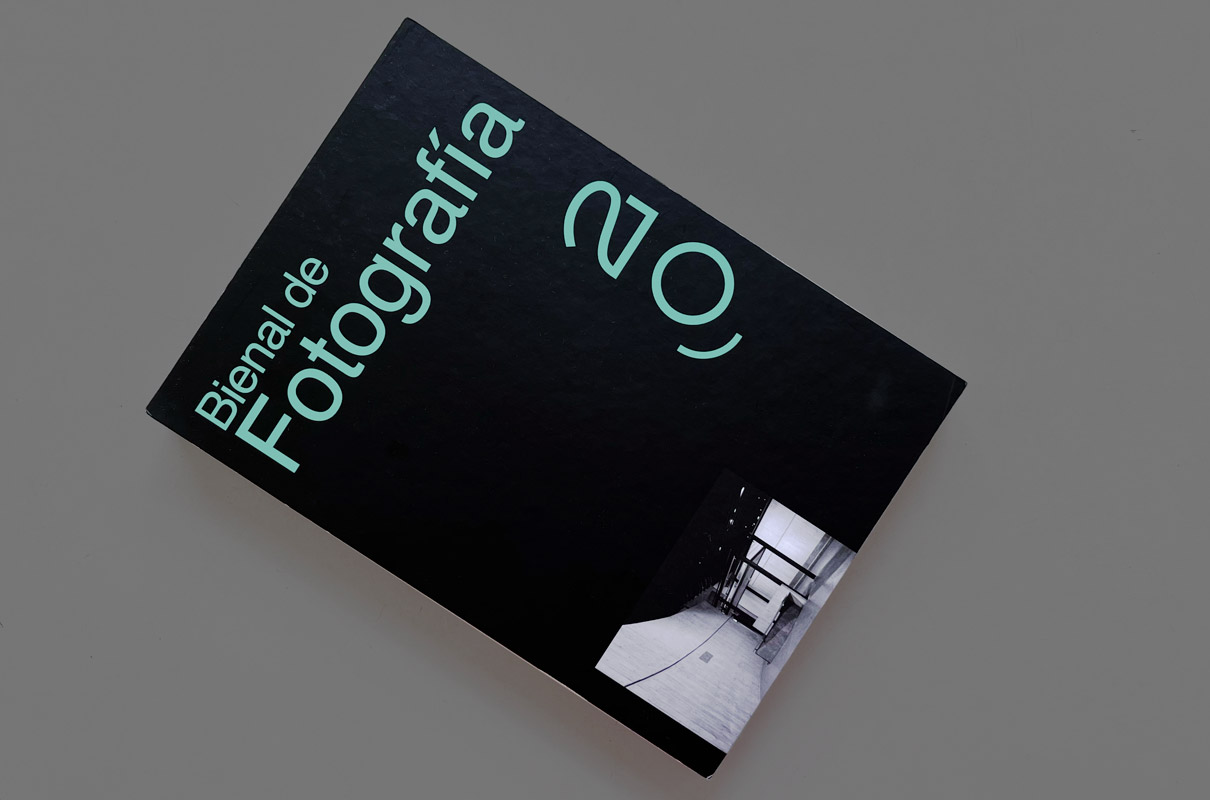
→Cuadernillo 032. XX Bienal de Fotografía del Centro de la Imagen y de la muestra ‘Una aproximación a los Premios de Adquisición 1982-2021′. Edición Carmen Cebreros Urzaiz & Johan Trujillo Argüelles, 2023.
